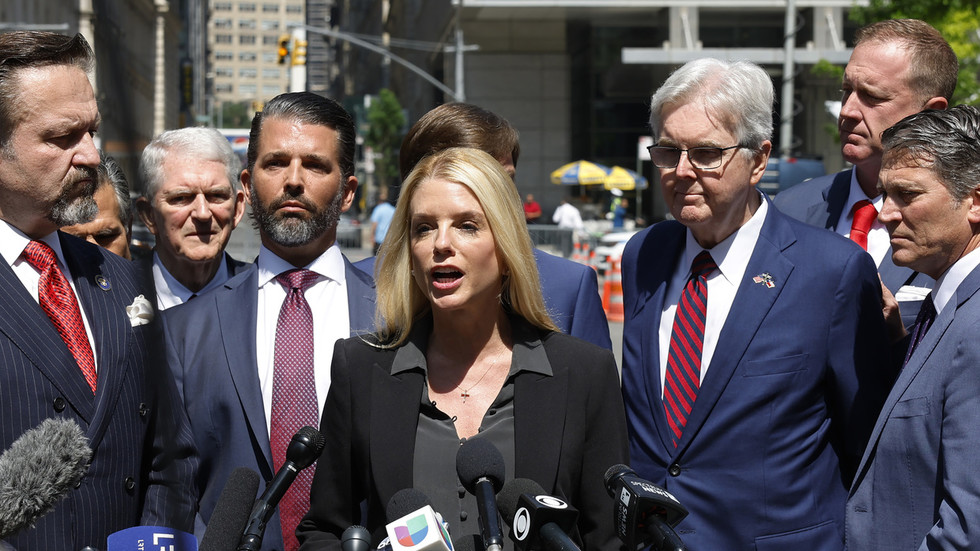The tariff man is back. No sooner did US president-elect Donald Trump nominate a Wall-Street-friendly hedge fund manager as his Treasury secretary, easing investor fears over his protectionist agenda, than he vowed to impose new tariffs of 25 per cent on all imports from Mexico and Canada, and add 10 per cent to goods from China.
Trump, who revels in being unpredictable, has reignited speculation over the seriousness, scope and strategy behind his tariff policies. However, a cursory glance at the size of the trade surpluses the targeted countries have with the US – the three economies have the largest bilateral surpluses with the US along with the euro zone – shows Trump is behaving true to form.
Deeply suspicious of trade, which he views through the narrow and superficial lens of bilateral balances, Trump is going after countries with large surpluses with the US. In the eyes of the president-elect and his advisers, any nation that enjoys a hefty surplus with the US must be stealing well-paid manufacturing jobs from the US, hollowing out the middle class.
China has the largest surplus with the US and has gone from being a net importer of cars, when the US-China trade war began in 2018, to the world’s biggest exporter. Beijing is engaged in a geopolitically fraught and consequential trade dispute with Washington, one that unleashed the current wave of protectionism and led to the fragmentation of the global economy.
While the US has reduced its trade dependence on China since 2018, the European Union (EU) has become more reliant on the country as a supplier of manufactured goods, particularly technologically intensive ones such as batteries and other components critical to electric vehicles (EVs). This increases “the potential for future clashes between EU and US national security policies”, the Peterson Institute for International Economics said in a blog in August.
As China’s economy slowed sharply, Europe’s exporters have had to rely on US demand to pick up the slack. Nowhere is this more apparent than in Germany whose trade surplus with the US alone accounts for 40 per cent of the EU’s total, according to GlobalData TS Lombard.

 By South China Morning Post | Created at 2024-11-28 08:46:24 | Updated at 2024-11-28 11:05:42
2 hours ago
By South China Morning Post | Created at 2024-11-28 08:46:24 | Updated at 2024-11-28 11:05:42
2 hours ago








